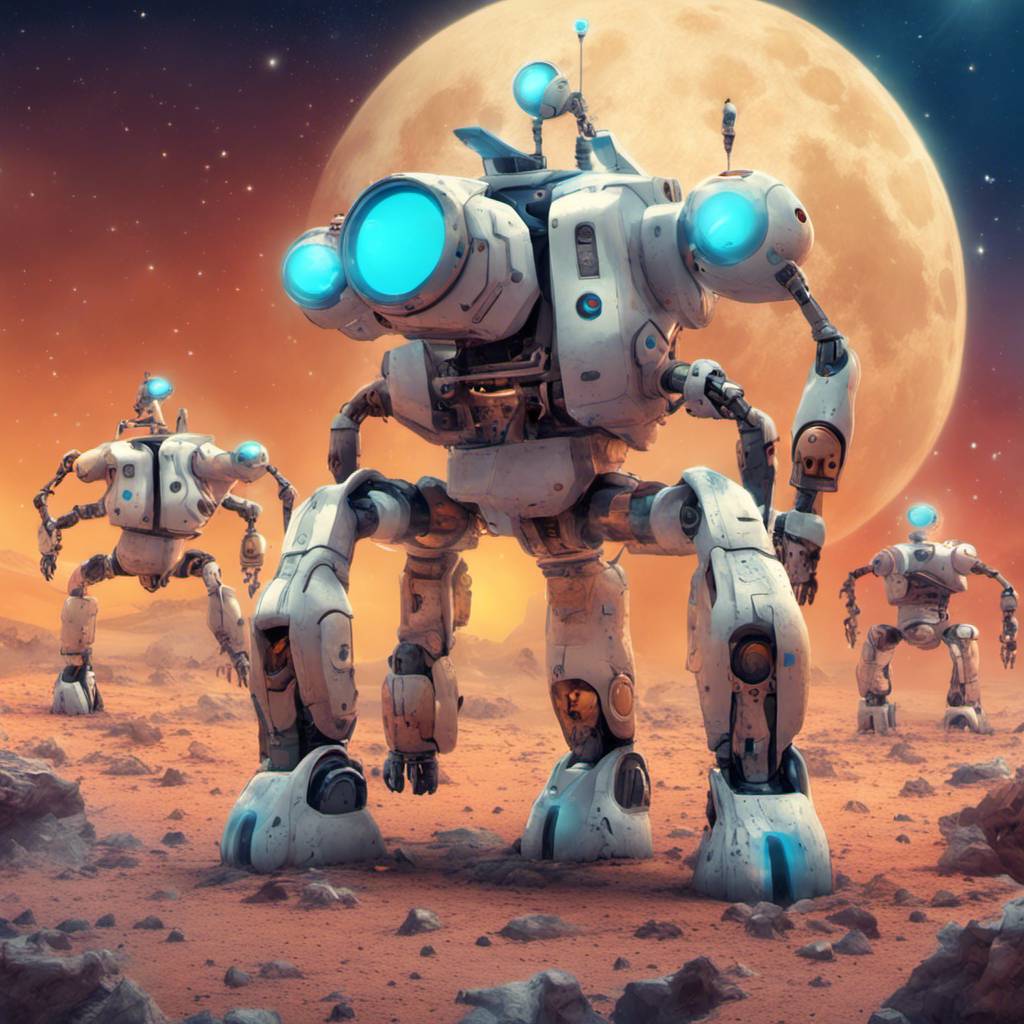The European Space Agency (ESA) has been conducting an intriguing experiment in Luxembourg’s Rockhal concert hall in September 2022. Instead of the usual music and fanfare, the venue was transformed into a lunar landscape with 220 tons of lava and rock. The primary actors were not musical bands but teams of robots, navigating this simulated moon environment, prospecting for resources. This was the final round of the ESA’s Space Resources Challenge, a competition designed to test the capabilities of robotic prototypes in resource exploration for future lunar missions.
One of the standout participants was a group of legged robots, a creation of the Robotic Systems Lab at ETH Zurich. These robots proved their mettle in identifying, mapping, and collecting scientific samples with remarkable coordination. While the challenge was moon-focused, the insights gained could be instrumental for robotic exploration of Mars and beyond.
The robots originated from commercially available models by ANYbotics, known for their legged robots used primarily for industrial inspections. The Robotic Systems Lab, under Hendrik Kolvenbach’s guidance, modified these robots’ hardware and software, equipping them with a robotic arm to collect rocks and programming them to adapt to varying terrains. These robots that participated in the ESA challenge were about the size of a medium dog, capable of carrying up to 33 pounds. However, newer versions can carry up to 110 pounds, sufficient to transport scientific instruments like cameras, spectrographs, or even a small drill.
The training of these robots involves reinforcement learning, a type of machine learning that allows them to adapt to challenging environments through simulations. They can even use three legs for stability while using the fourth to interact with their surroundings.
The ultimate objective of this research is to develop modular hardware systems for space exploration. This approach would enable future missions to leverage existing robotics technology on Earth, with customizable instruments and software as required. Kolvenbach likens this to CubeSats, a standardized interface that allows different payloads, making space development more affordable and hardware reusable.
The question arises – why legged robots when we already have wheeled robots like the Curiosity and Perseverance rovers exploring Mars? The answer lies in the exploration environments. Both Mars and the moon have surfaces covered in regolith, a dusty material that rovers are designed to traverse. However, they also have underground regions like lava tubes, which could serve as potential shelters for future crewed missions. These environments are unpredictable, and legged robots have the versatility to handle such challenges.
Moreover, legged robots are adept at dealing with steep slopes, like those found in craters. This is particularly useful for regions like the moon’s south pole, a current exploration hotspot that hosts permanently shadowed craters potentially housing vital water ice resources.
The concept of teamwork is also being explored in robotic exploration. A team of smaller legged robots can carry the same payload as a single wheeled robot, working individually or as a group. For the ESA challenge, the lab used a team of three legged robots. By distributing different payloads among team members, robot specialists can be created. For instance, one robot could carry mapping tools while another carries scientific instruments for detailed investigation. This also provides redundancy; if one robot fails, others can continue operating and take over its tasks.
The future of space exploration is exciting, with advancements in electronics and programming languages paving the way for more efficient and agile robotic explorers. The ESA’s Space Resources Challenge is a clear testament to this progress, showcasing how coding and robotics can come together to push the boundaries of what we can achieve in space exploration.
